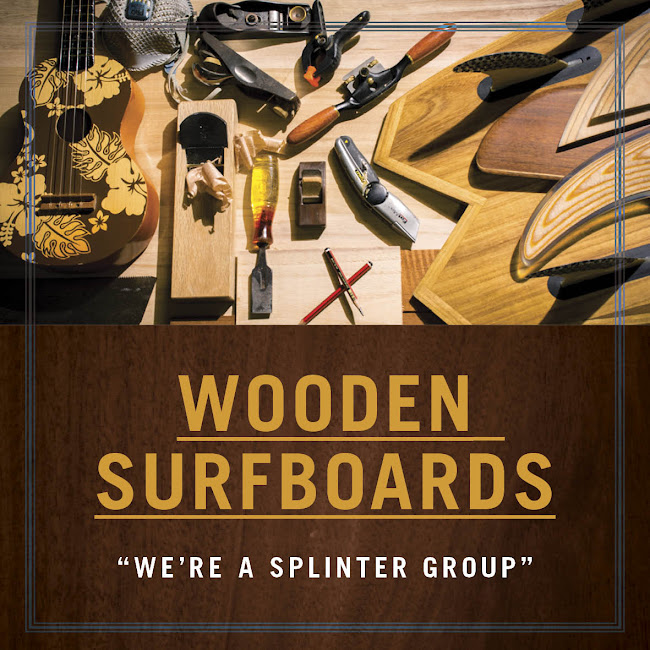$1,500 USD includes tuition and materials for any board....
This
small group workshop in Japan with only four students, is guaranteed to
be once in a lifetime experience unlike anything you've ever done
before and you go home with an amazing board you built...
This workshop is sure to sell out, so reserve your place early...Registration closes January 31, 2014
More info on the class and how to register:HWS Japan 2014 Registration & Info
Japan contact: woodensurfboard@gmail.com (available in Japanese)
2010 Japan Workshop - Pictures and words from the 2010 Japan Class
2010 Japan Workshop - Pictures and words from the 2010 Japan Class


























































